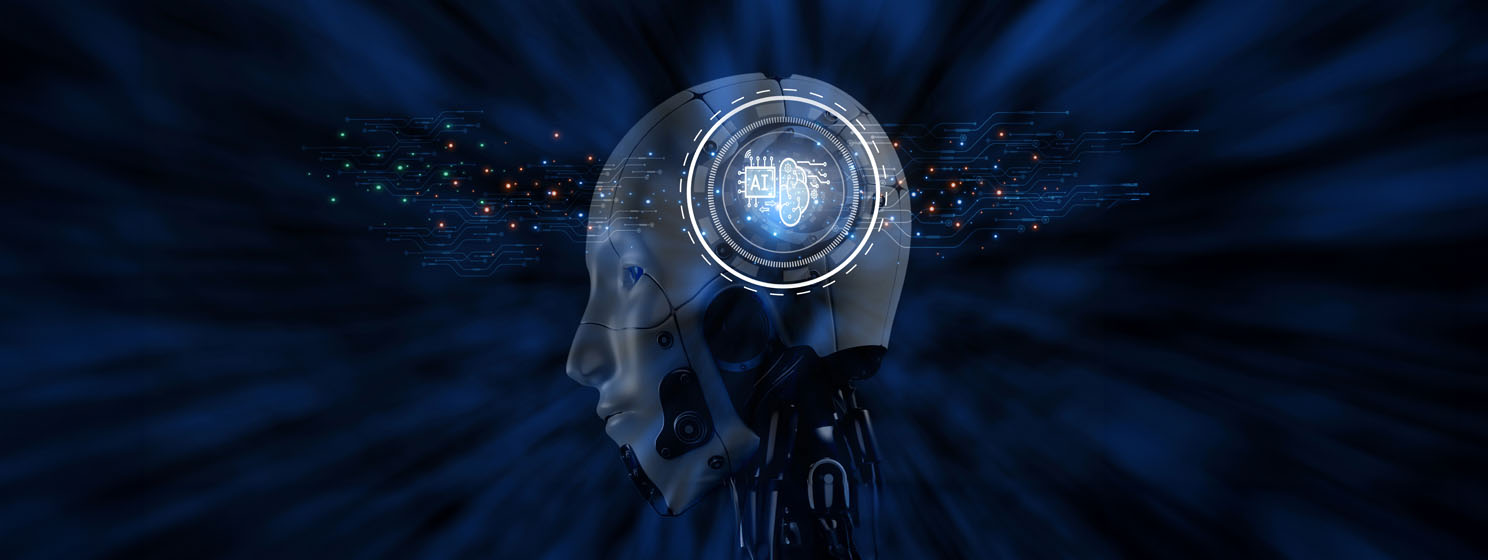UNESCO Combats AI’s Carbon Footprint & Blockchain Tackles Sexism

blockchain Technology: A Solution to Gender Bias in AI
Addressing Gender Bias in AI with blockchain
As artificial intelligence (AI) tools increasingly permeate the workplace, concerns are rising regarding the potential for gender bias, particularly against women. However, experts believe that blockchain technology could provide a viable solution to this pressing issue.
Lisa Loud, the executive director of Secret Network, emphasizes that blockchain can serve as a powerful mechanism to counteract AI-related biases. She warns that unchecked AI usage may reinforce historical prejudices, thereby exacerbating existing gender disparities.
According to a study by the International Labour Organization (ILO), up to 10% of jobs held by women in high-income countries could be at risk of being replaced by AI. This figure is nearly three times higher than the percentage for men in developed economies, highlighting the significant impact of AI bias in critical sectors.
The report indicates that administrative and clerical positions, which are predominantly occupied by women, are particularly vulnerable to generative AI. Additionally, fewer than 30% of women possess AI engineering skills, further intensifying the bias present in training large language models (LLMs).
Despite the seemingly neutral nature of AI, the integration of blockchain into LLM systems reveals underlying gender biases. Loud argues that blockchain technology can “encode economic rights” for all genders, ensuring that AI algorithms operate without bias.
Leveraging blockchain for Equal Opportunities
Loud advocates for the implementation of on-chain credential wallets, which would create a verifiable database for academic and professional qualifications. By utilizing blockchain‘s data storage capabilities, AI tools in the workplace could access unbiased information, leading to fairer professional decisions.
She also supports the use of smart contract payroll systems to guarantee equal pay for all genders, providing an immutable and transparent ledger for public verification. Furthermore, blockchain‘s watermarking and cryptographic signature features can facilitate the auditing of decisions made by AI agents in the workplace.
Challenges in Integrating blockchain with AI
While the advantages of merging blockchain with AI are evident, real-world applications face numerous challenges. The complexity of blockchain technology often deters companies from adopting it. However, Loud contends that the complexity is more pronounced in proprietary data sets.
She highlights the symbiotic relationship between these two emerging technologies, with AI playing a crucial role in enhancing blockchain systems. Recognizing their transformative potential, several countries, including Nigeria, are committing to training their citizens in both blockchain and AI technologies.
Reducing AI’s Energy Consumption
In a related development, a report from the United Nations Educational, Scientific and Cultural Organization (UNESCO) has outlined strategies to mitigate the soaring energy consumption associated with AI models.
The report reveals that shortening queries can reduce AI energy usage by up to 90%. This finding was presented at the AI for Good global summit, where experts noted that opting for specialized models can enhance energy efficiency without compromising performance.
OpenAI CEO Sam Altman stated that a single query to ChatGPT consumes 0.34 kWh, which is nearly 70 times the energy used for a Google search. With over a billion queries processed daily, this translates to an annual energy consumption equivalent to that of a small nation.
Given the rapid growth of ChatGPT, energy experts predict a significant increase in electricity consumption in the near future. Other AI companies are also grappling with rising energy costs and are actively seeking strategies to lower their electricity expenses.
Exploring Alternative Energy Solutions
While consumers can help reduce energy consumption by using shorter queries and smaller models, technology companies are also investigating energy-efficient systems. Many AI firms are forming bilateral agreements to support alternative energy sources.
Microsoft is investing in various countries to enhance renewable energy and emerging technology research, aiming to optimize electricity consumption in its data centers. A recent report forecasts that the AI sector in renewable energy will reach $4.6 billion by 2032, growing at a compound annual growth rate (CAGR) of 22%.
For AI to function effectively within legal frameworks and navigate emerging challenges, it is essential to integrate enterprise blockchain systems that ensure data quality and ownership. This integration will help safeguard data while guaranteeing its immutability.
In conclusion, the intersection of blockchain and AI presents both opportunities and challenges. As the technologies evolve, their combined potential could lead to a more equitable and sustainable future.







